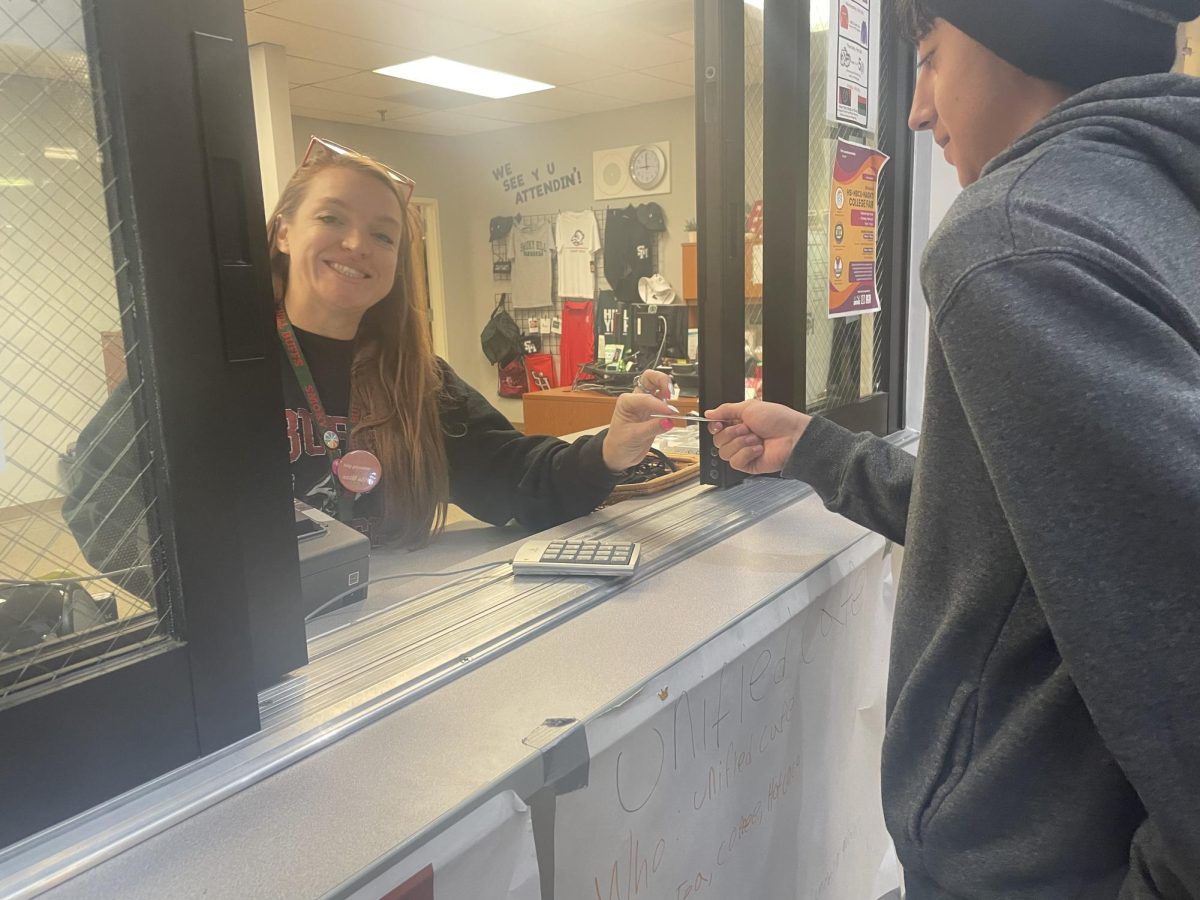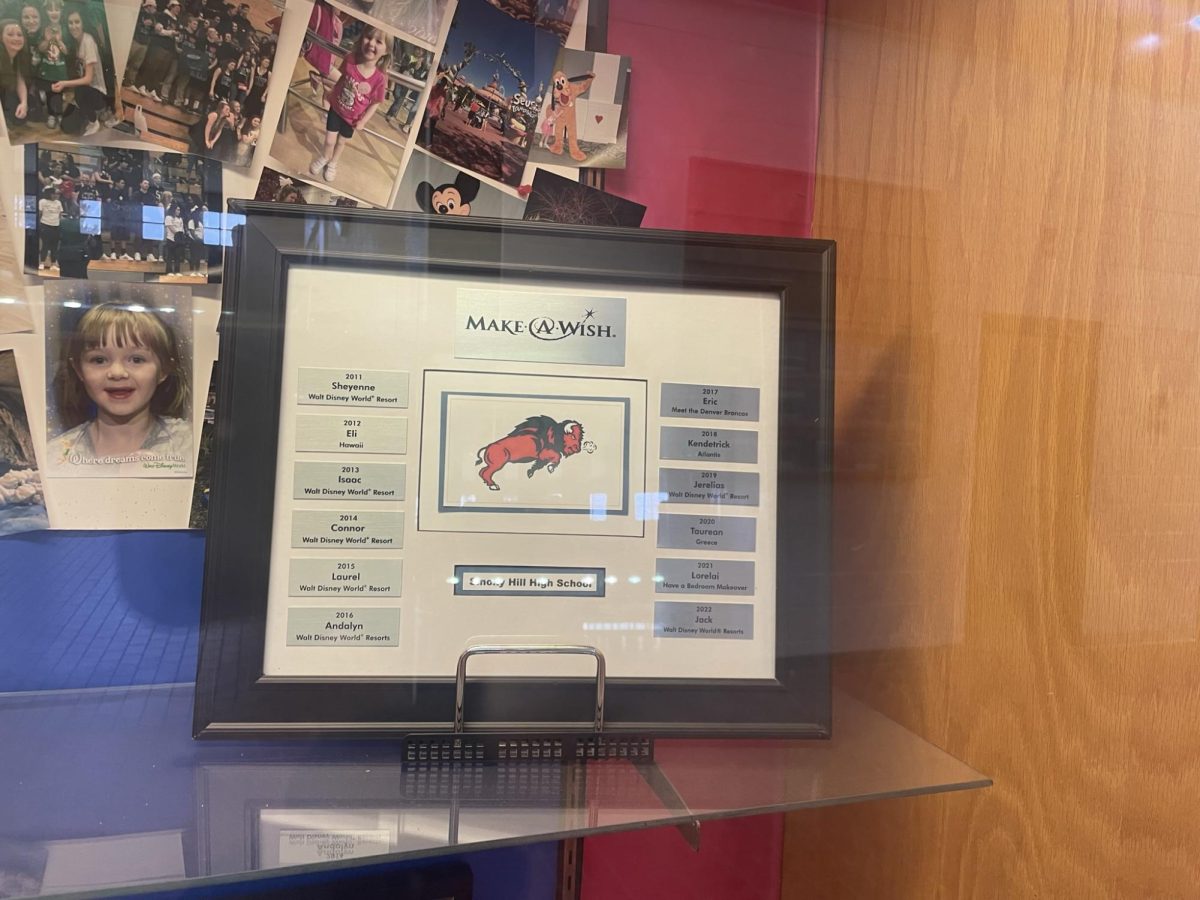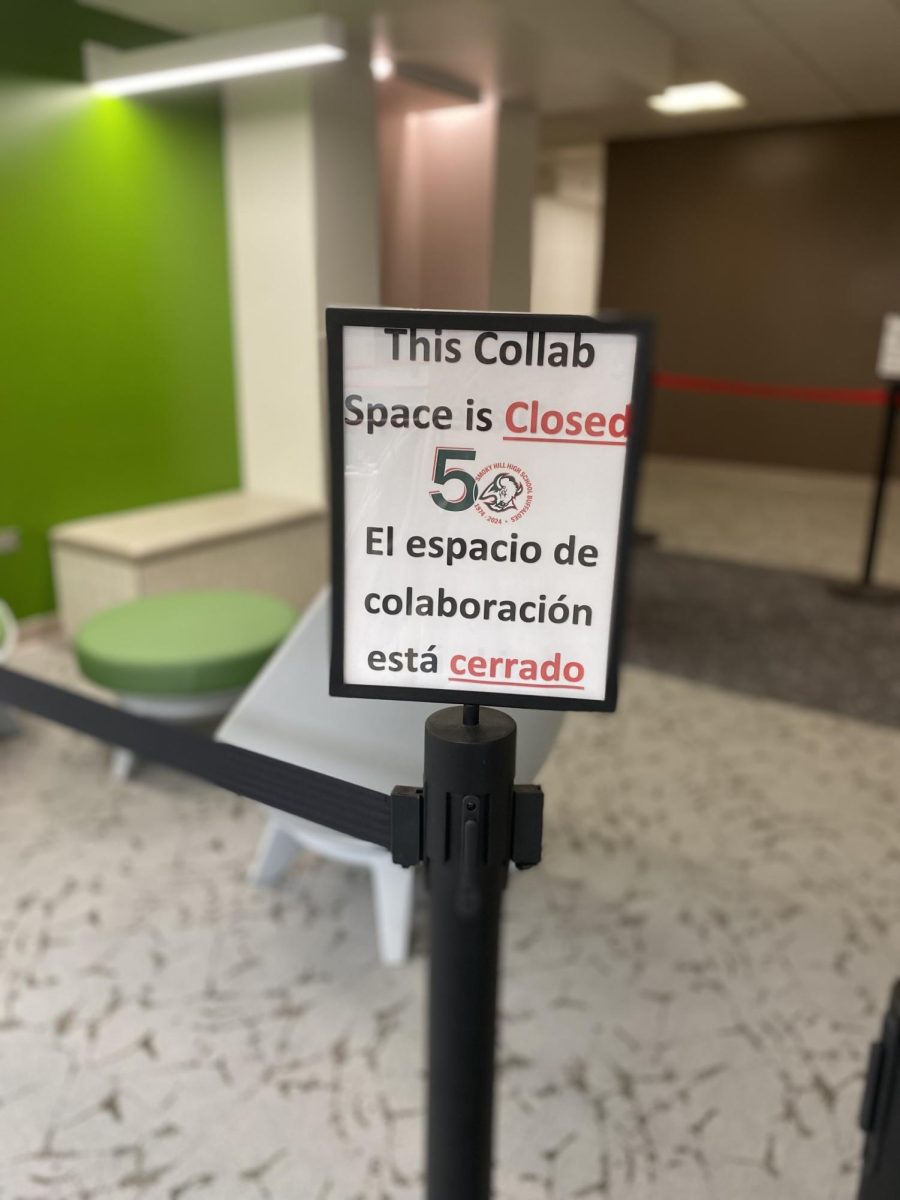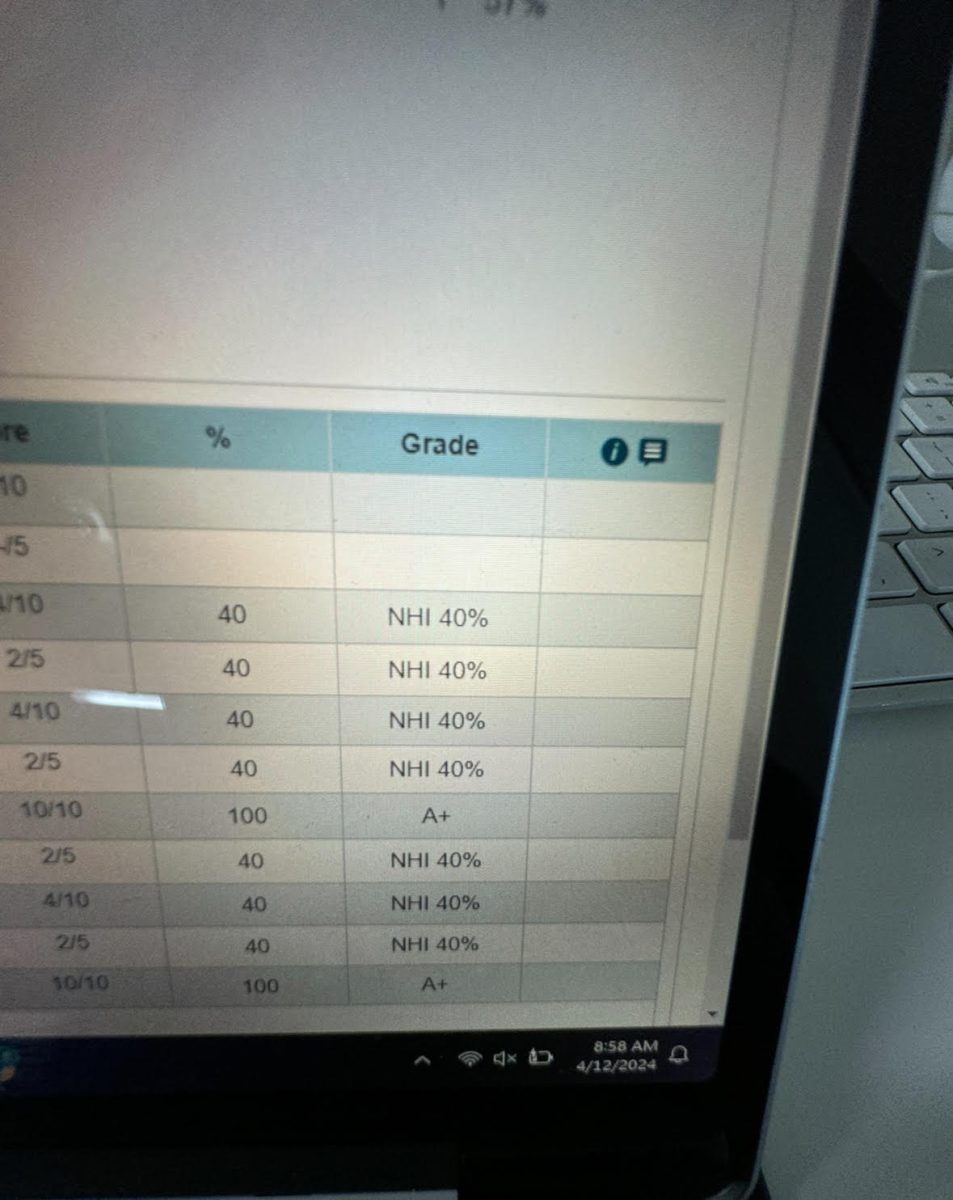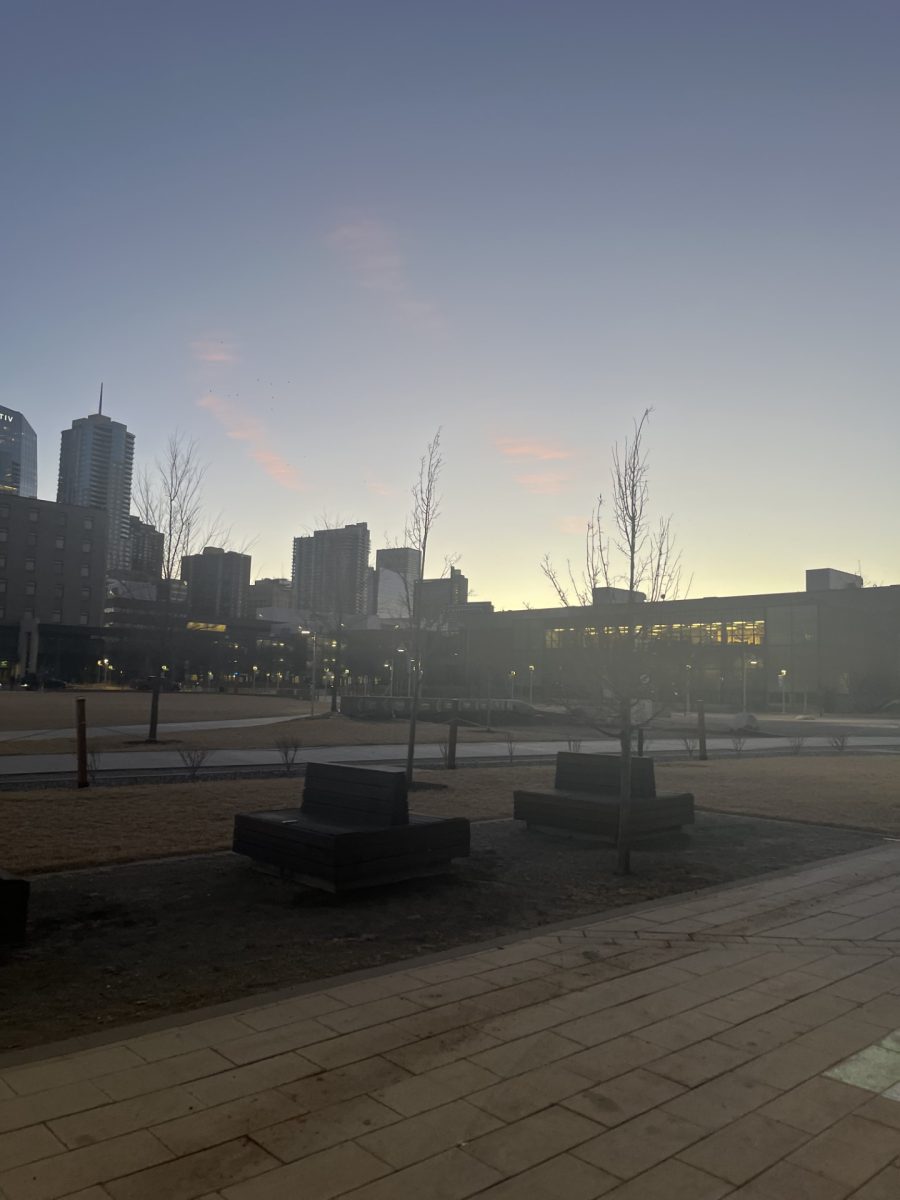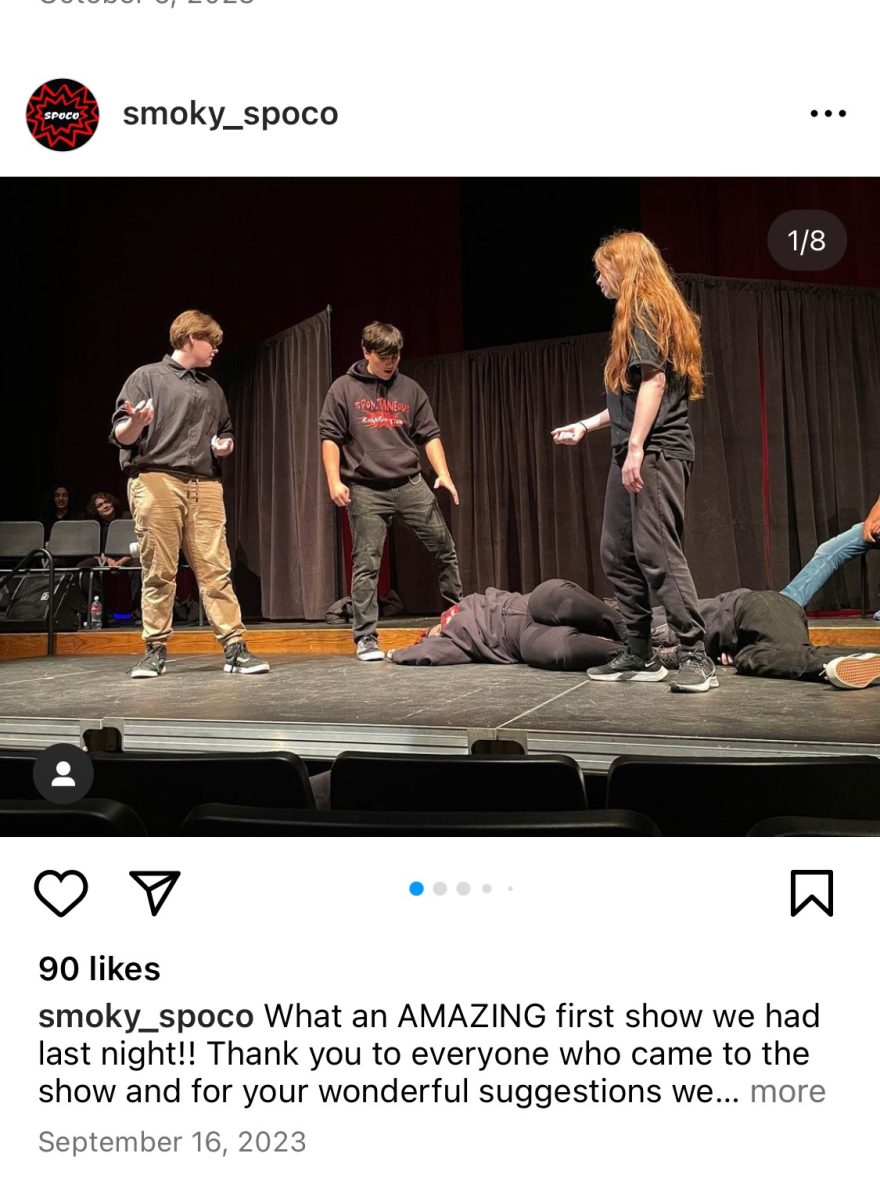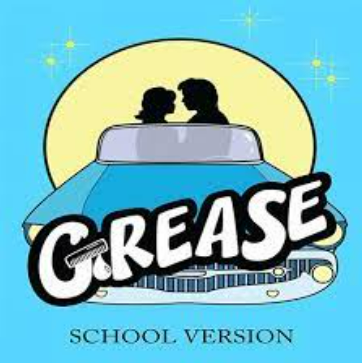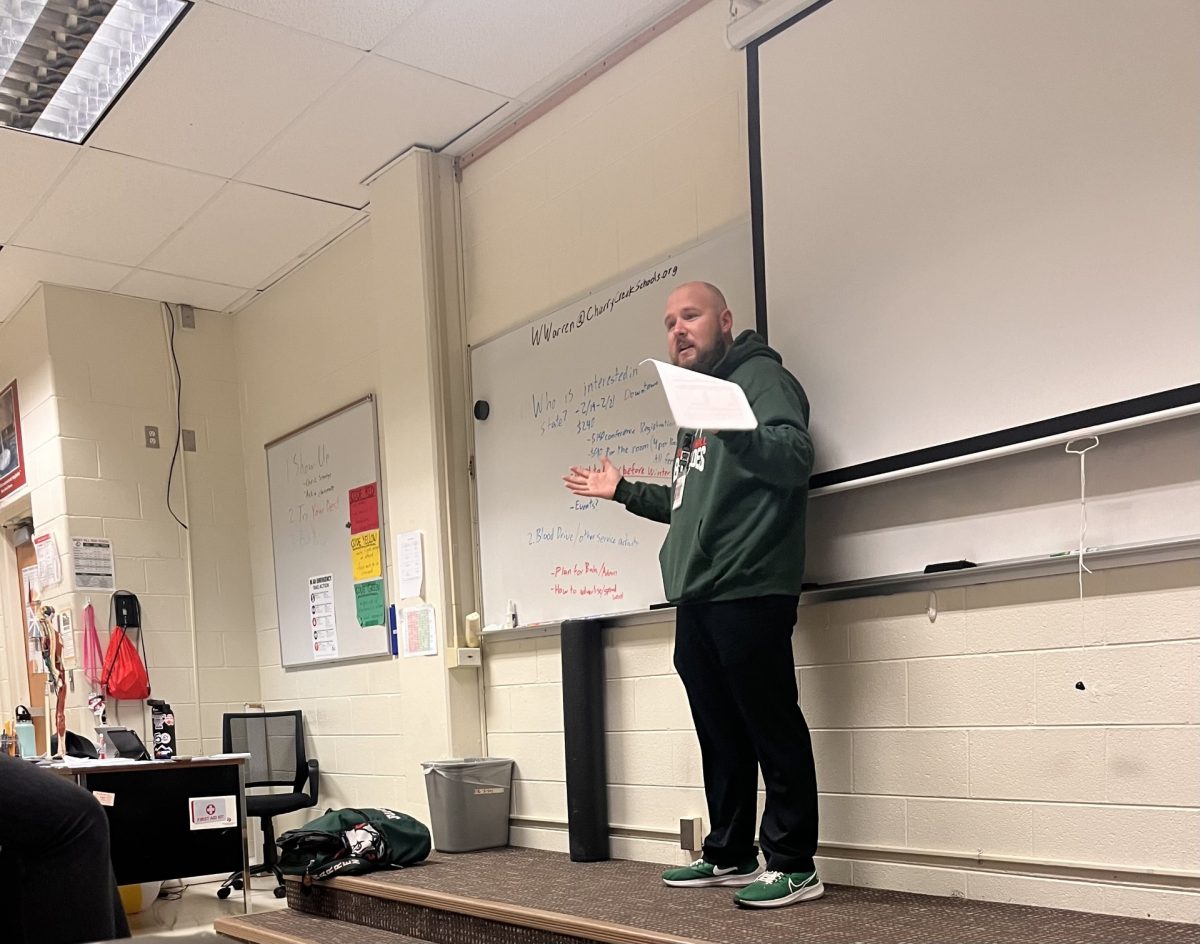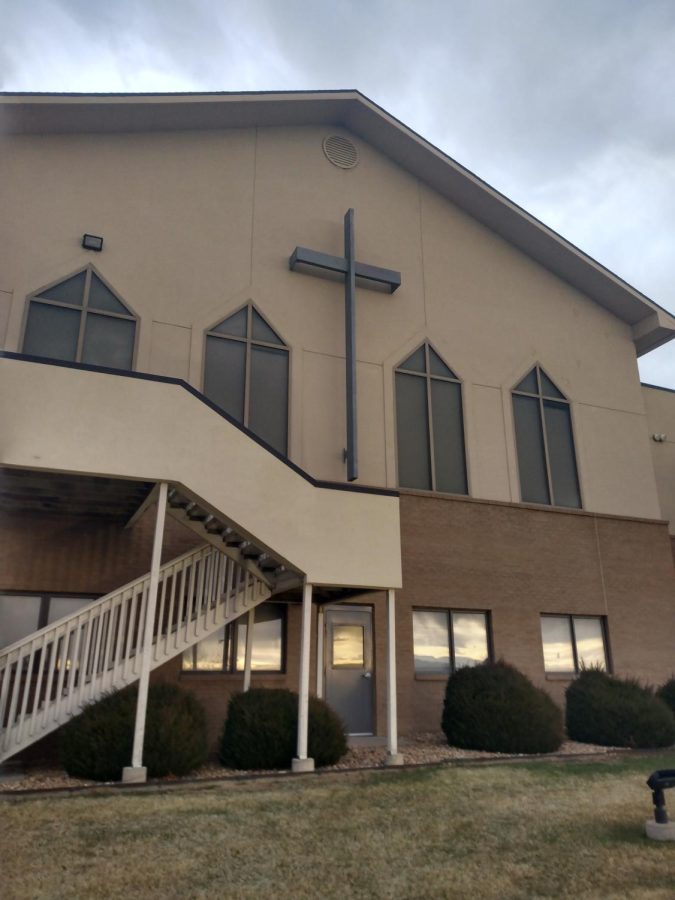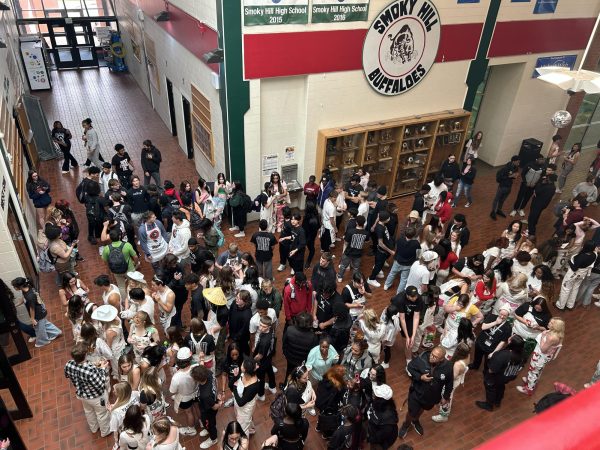The History and Evolution of Easter
Easter has been an iconic holiday for centuries, but there may be more to its origins and celebrations than what meets the eye
April 8, 2023
Easter has been a widely celebrated holiday since its Christian origins as far back as the 2nd century, and since its inception celebrations and rituals surrounding the event have undergone quite a few changes.
It has largely been accepted that Easter began as a festival of the Christian church to honor the second coming of Christ on the third day following his crucifixion, with the event acting as a culmination for the holy 40 day ritual of Lent, a period of fasting and penance observed by many Christians.
According to Britannica, early Easter customs included placing lamb beneath an altar, having the meat blessed, and eating it on Easter taking from the meaning of the lamb in religious context, both as a moniker for the Christ himself (“behold the lamb of God which takes away the sins of the world,” John 1:29) and as the the literal “sacrificial lamb” in antiquity. In the 13th century eggs were not allowed to be eaten during Holy Week, but as they continued to be laid by chickens the need to identify them as inedible arose leading to the tradition of painting and decorating them. Eggs later became a symbol for the Resurrection representing “new life emerging from its shell” akin to Jesus’ own emergence from his tomb, with Easter egg hunts being brought to relevance by first lady Lucy Hayes through her sponsorship of the first “Easter egg roll” in 1878 which later evolved into the hunt we know today.
But before there was Easter, there was the Spring Equinox or ‘Ostara’, one of its many more modern names. The Spring Equinox is the second spring festival of the pagan Wheel of the Year celebrating the transition from winter to summer and the rebirth and life of the mortal plane, with it taking place on the day in which the hours of sunlight and moonlight are most balanced heralding in the longer days of the summer season. The word ‘Ostara’ supposedly originates from the Anglo-Saxon goddess Eostre who represents many domains to do with spring such as the fertility of both humans and crops, flowers, dawn, etc. and who is celebrated during Ostara with things like bringing fresh flowers into the house, creating sacred circles from flower petals, filling vessels with spring water, displaying images of hares, and painting eggs to honor the fertility goddess, though some call into question Eostre’s existence in ancient times due to a lack of primary sources. My family and I love to dye eggs, and then we hide them for our little siblings to find in an Easter egg hunt on Easter — Jordan Durham
The Spring Equinox as a broader concept remains a large part of many societies today, with examples including the gatherings within the ruins of the Mayan Chichen Itza to, as stated by the History Channel, “watch as the afternoon sun creates shadows that resemble a snake moving along the stairs of the 79-foot-tall Pyramid of Kukulkan,” and the druid and pagan sunrise gatherings of Stonehenge on the historic day.
The Spring Equinox is sometimes thought to be the inspiration behind the celebrations of Easter, with their traditions holding striking similarities. As Christianity spread across Europe and the pagan people held onto their age-old traditions it is often posited that the Church began to encompass some of these practices into their own holidays, such as the ‘Christmas tree’ being inspired by the pagan ‘Yule tree’, though some argue that this incorporation was a deliberate attempt to drive out pagan traditions from newly Christian areas as they were often considered to be heresy.
But even as these two holidays may have become intertwined with each other through the centuries they still continue to be celebrated in unique and individual ways by many.
“Usually a week in advance we dye eggs, and then on Easter we go to a lot of different churches to see how each one celebrates,” Eden Wanberg (10) said. “This year I’m going to a sunrise service on the beach out in Florida. We also watch church videos/movies about Christ’s death,”
Though Easter originated in religion its diffusion through contemporary culture has allowed for more secular celebrations of the holiday.
“My family and I love to dye eggs, and then we hide them for our little siblings to find in an Easter egg hunt on Easter,” Jordan Durham (10) said.
As well as Easter, Neo-Pagans and practitioners of Wicca and other waves of witchcraft actively celebrate Ostara in a variety of ways.
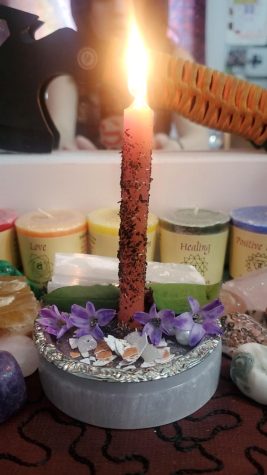
“Well [what] I personally do for the traditions and rituals is I set up an altar, I celebrate with specific herbs on my altar, and I put a pink candle to celebrate romance and fertility to the earth,” Kassen Bristol (10) said. “I use herbs from the earth that represent fertility such as thyme, basil, I believe sage, lavender, rose, and a little bit of cinnamon. And then I also use crushed egg shells to celebrate just the Easter kind of beginnings of the eggs and all that. I also do a lot of cleaning, I clean the house, I cleanse the house, I cleanse the space. I make new sigils across the doors for protection and for prosperity,”
As well as rituals inside the house some witchcraft users prioritize going outside to commemorate the natural aspects of the holiday or honor Eostre’s supposed roots as a nature goddess depicted with hares’ ears or a hares’ head.
“Another thing I do if I don’t do an altar, is just go outside and spend some time with the earth, leave out any offerings for Easter, or just, you know, [for] animals like carrots for rabbits, peanuts for the squirrels,” Bristol said. “I leave apples for the departed, you know, the dead. It’s a very interesting beginning of life ceremony,”
With both the Spring Equinox and Easter’s rich histories around the world and their continued practice and celebrations into the modern era it is quite likely that these holidays will continue to be a large part of many cultures for years to come.


